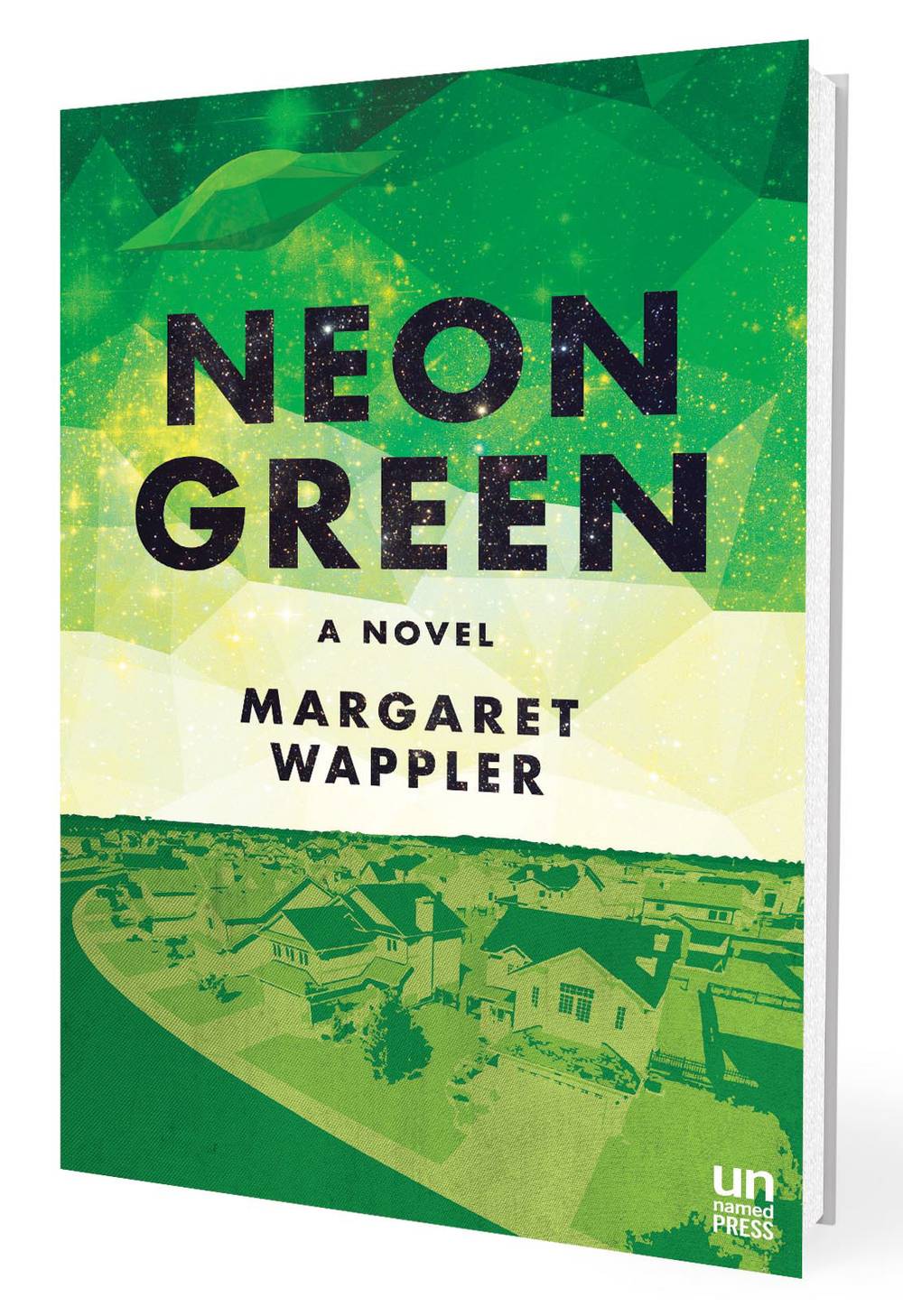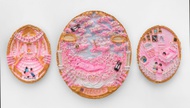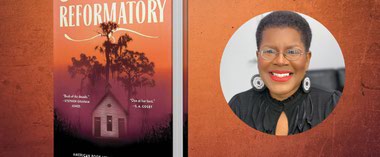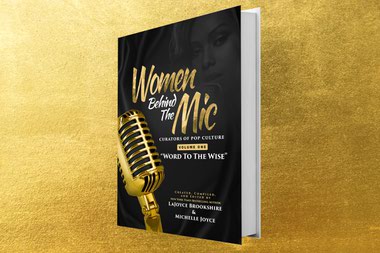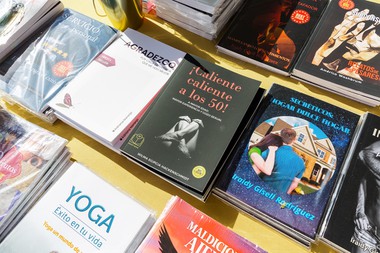
Neon Green By Margaret Wappler, $16.
It’s 1994 in the suburbs. Girls are wearing scrunchies and Sharpie-customized Converse. Forrest Gump is in movie theaters. Fugazi is on the radio. A flying saucer has just landed in the Allens’ backyard. Margaret Wappler’s novel, Neon Green, details a slightly alternate 1990s where the Allens’ son, Gabe, wins a lottery for a flying saucer. Wappler writes about what binds the family together, and what happens when an invader threatens to drive them apart.
Wappler’s novel operates on the steady mystery of the UFO, but what makes it work is its combination of tropes from the ’90s with believable, complex characters. Neon Green is not just a pop-culture romp, but rather, a careful study of family dynamics. The Allens’ patriarch, Ernest, is a die-hard environmentalist, stripped of his youthful energy and saddled with dad jeans. But he still has some fight left: “The very idea filled him with energy. His life was a fight. He was a fighter, no apologies and no breaks for inconvenience. […] His fight was no less important when it was symbolic. Symbols added up to something.”
Ernest is mostly worried about the sludge the spaceship dumps on the lawn, but his wife, Cynthia, feels a more existential dread. “The spaceship, she thought, was meant to be here but she couldn’t tell if it was bringing release or terror.” As Ernest and Cynthia both try to figure out for themselves what they want the spaceship to mean, their interaction with their teenagers in a family log Ernest makes them keep reveals the most about how everyone is at cross-purposes. Wappler captures the spirit of the 1990s while also capturing the different pacing of conversation before computers and smartphones.
In addition to exploring the mystery of the UFO’s presence, Neon Green illuminates what it means to be a teenager in the ’90s as they unfold. The decade hasn’t yet defined itself. “What was the big passion of this decade? The media had trumped up the ’90s as some sort of second coming of the ’60s, but so far, Kurt Cobain had died too young and that was it for profound generational experiences. […] There had to be more to define his adulthood than his career, or spouse, or what car he drove.”
Neon Green is firmly optimistic, yet laments what humans have done to the environment. Just like the ’90s, it’s a study in contradiction.
Wappler’s work as a reporter informs her style, which is easy and rooted in memorable character descriptions. There are times when Neon Green suffers from its slower pacing, but it is an imaginative what-if. Wappler’s visitors from Jupiter remind us of what it was to be a ’90s human—on Earth.
